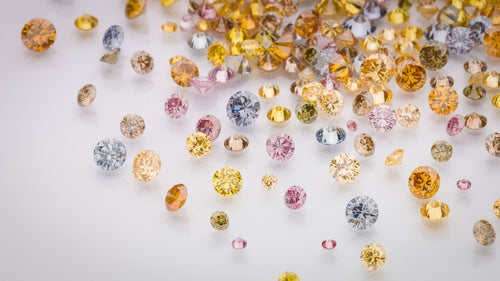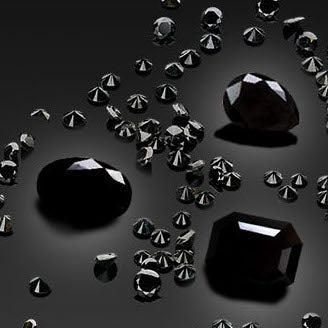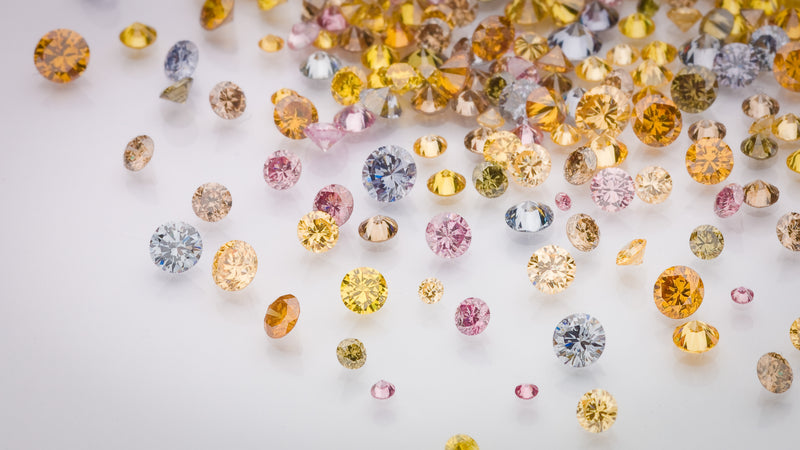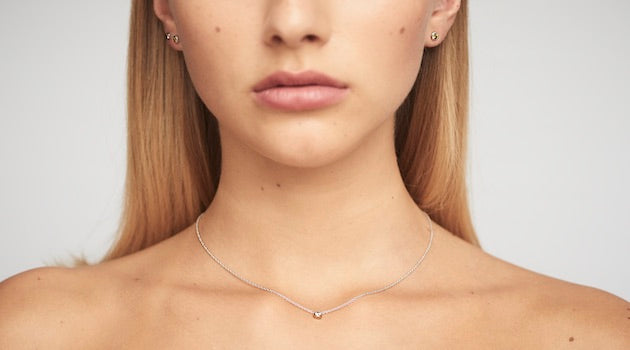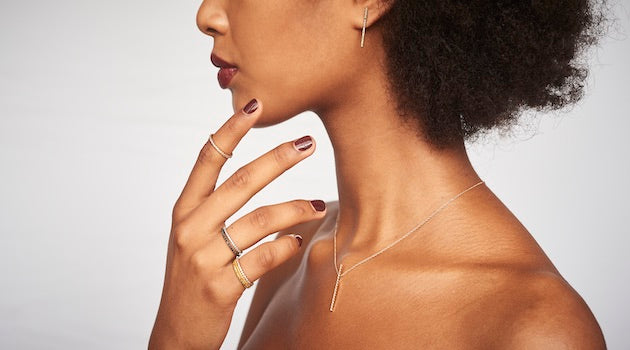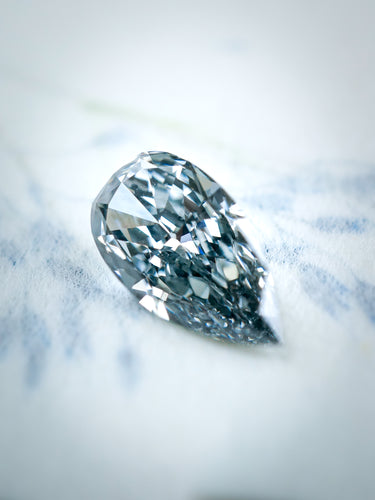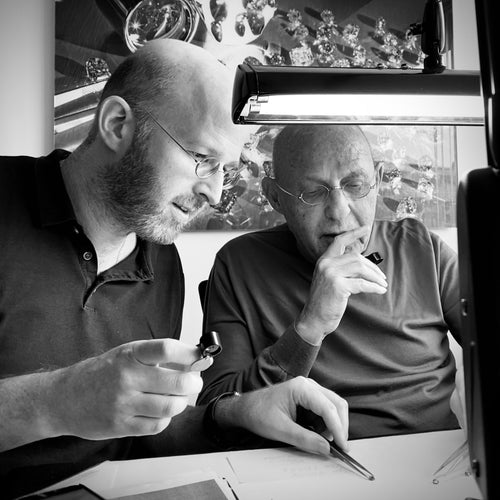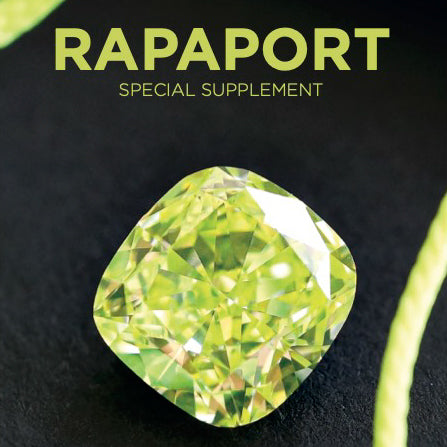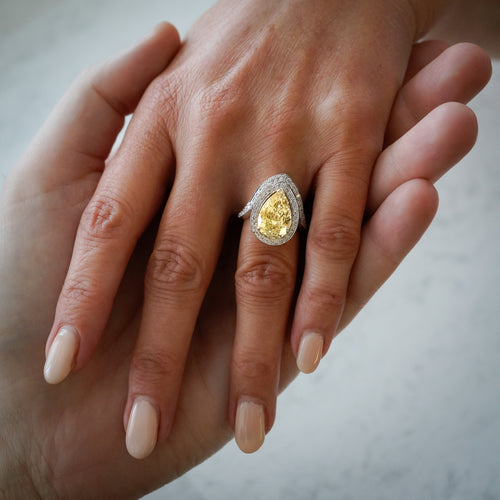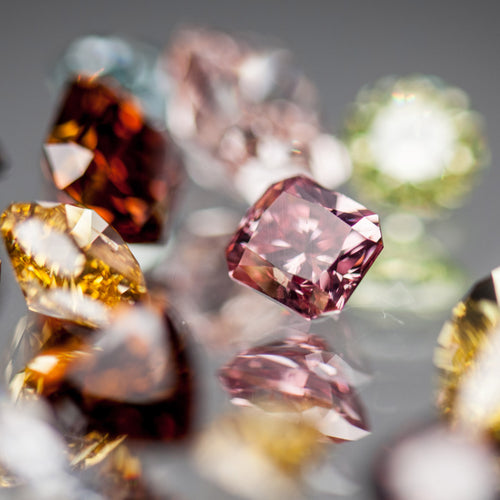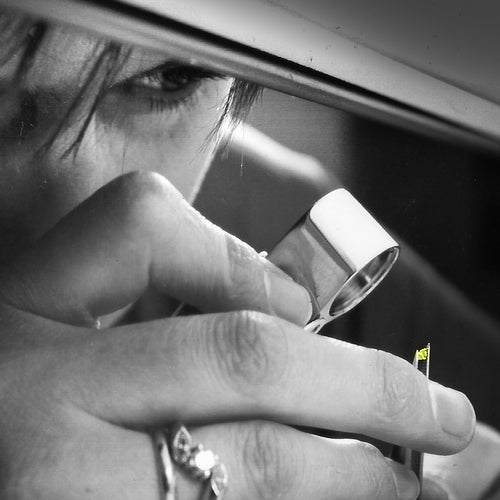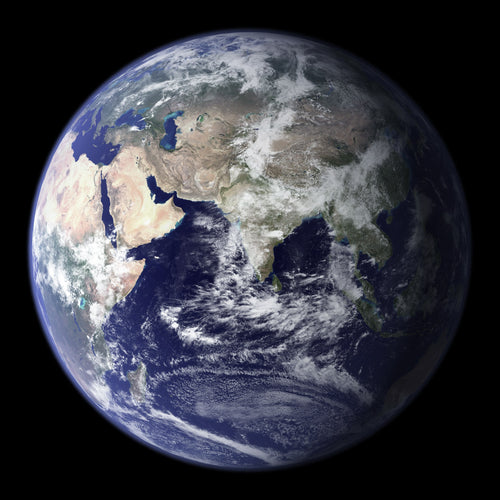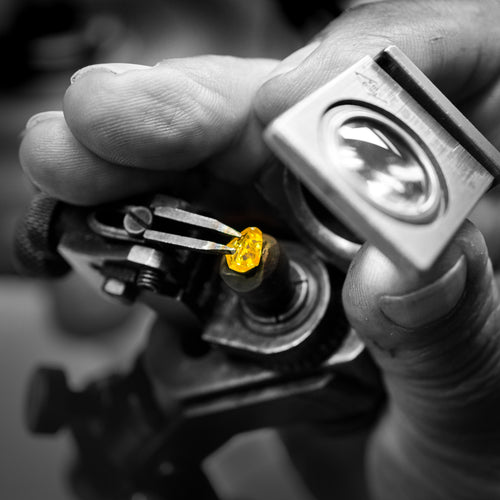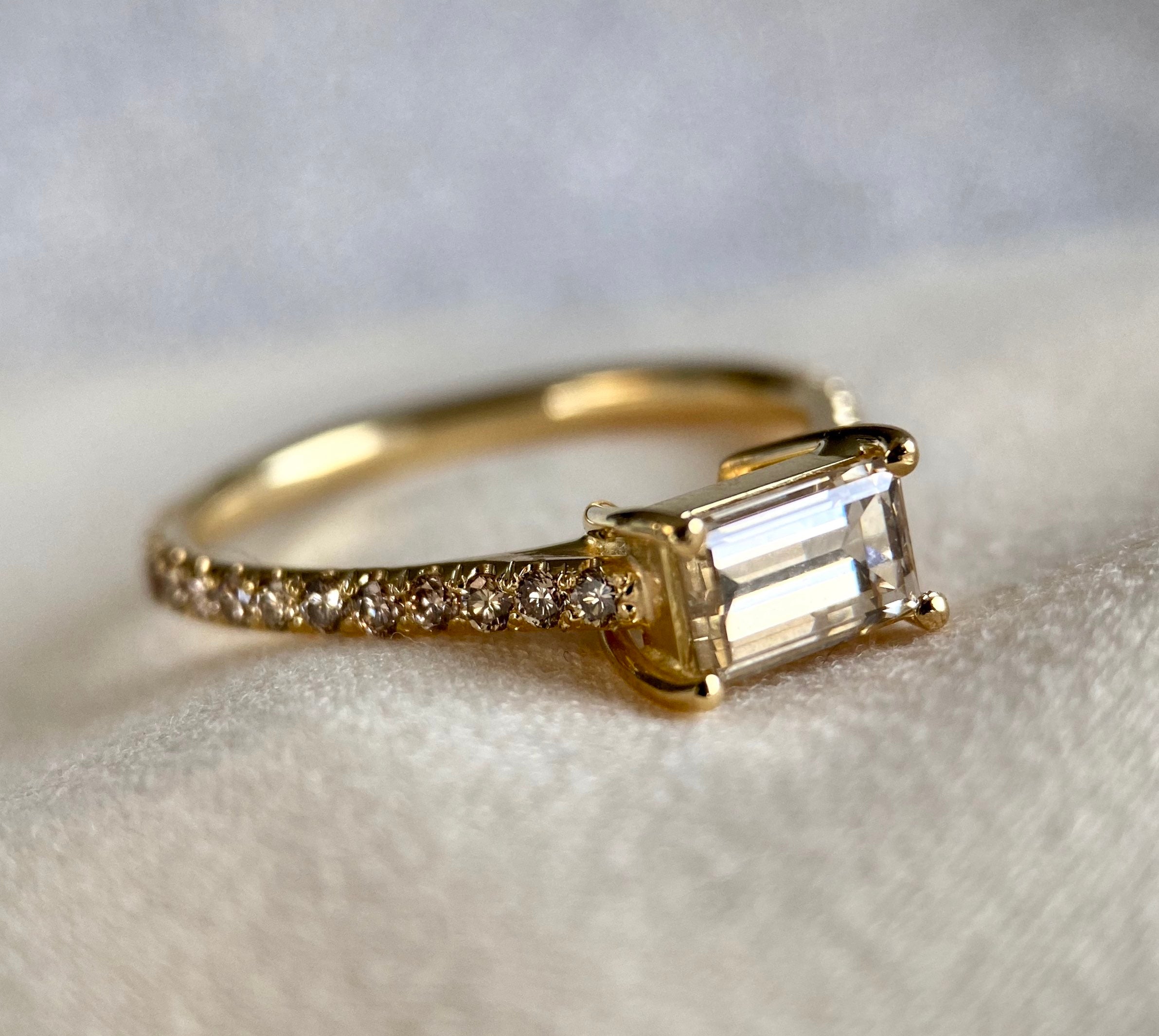


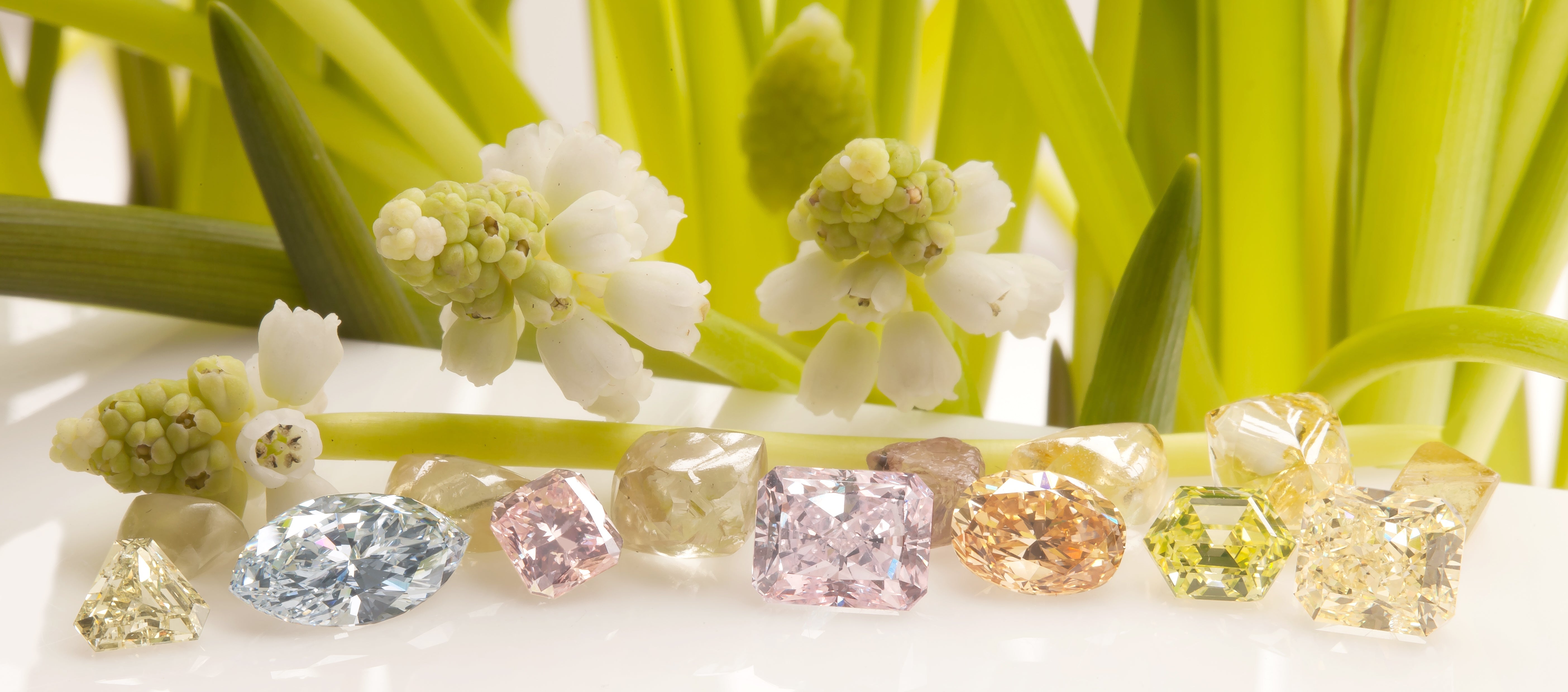

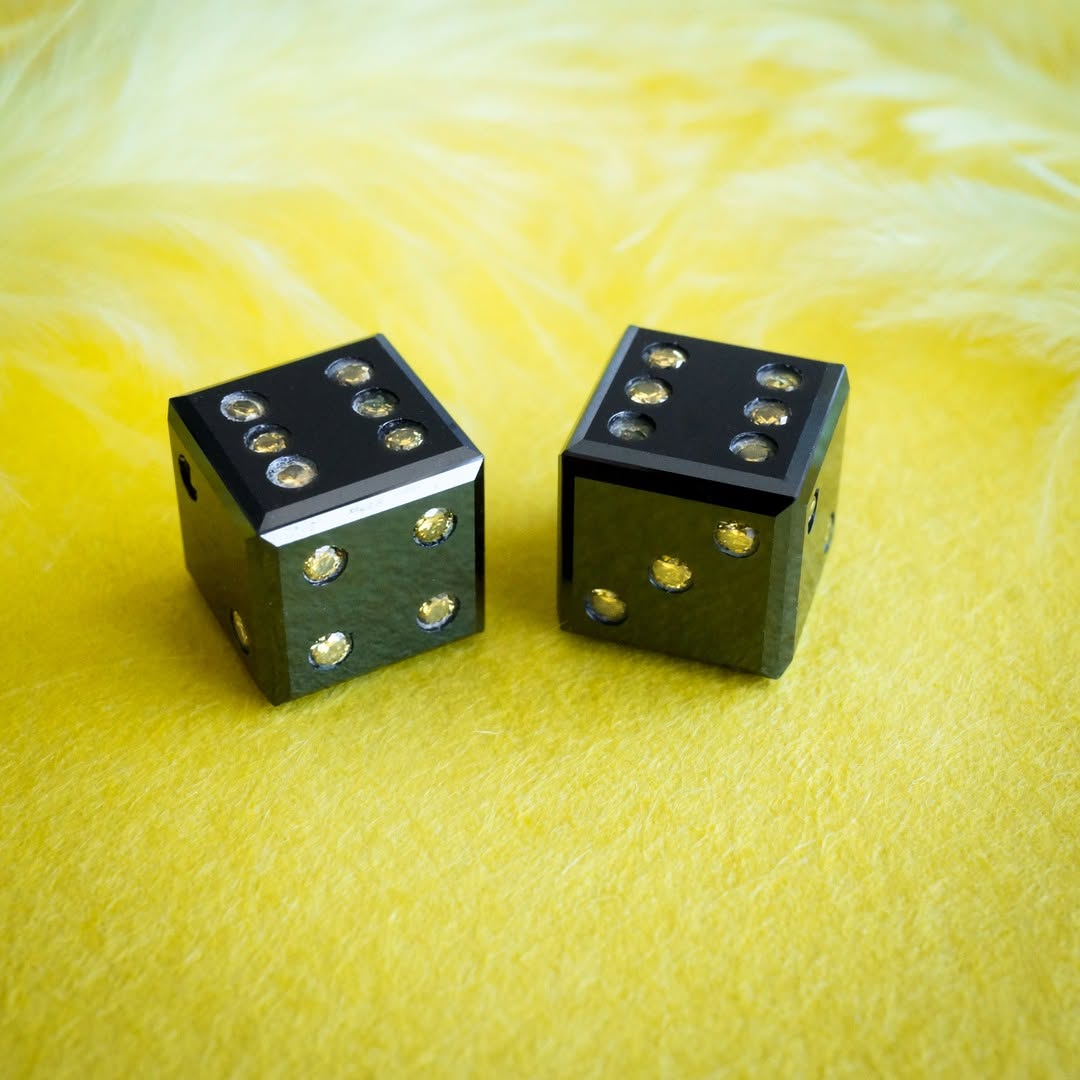
Discover More Exciting Natural color diamond cuts with us
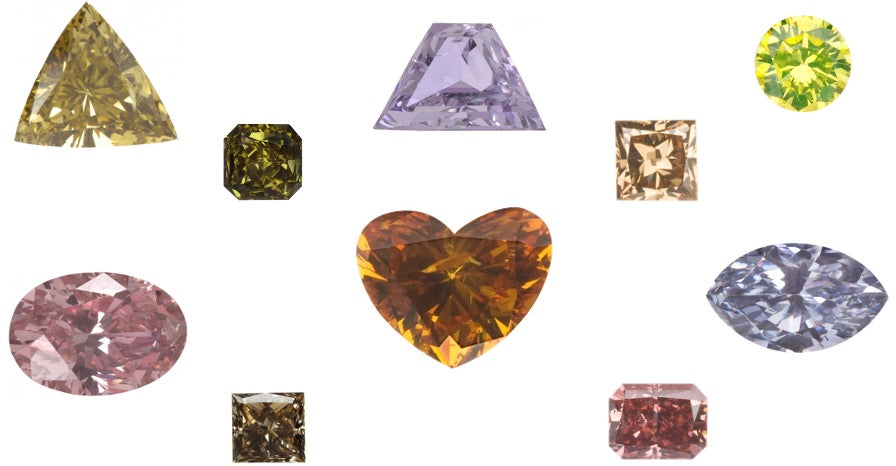
Did you already read the article Find Your Dream Shape? Then you might be ready to find out more about the rare fancy shapes that you can find at Langerman Diamonds.
Arthur Langerman is a pioneer when it comes to experimenting with fancy shapes and unusual cuts. Ever since Langerman Diamonds was founded, he has been an expert on cutting and shaping natural color diamonds. Each rough diamond is carefully analyzed in order to decide which shape will bring out the most fire and color in the stone. This is a long process, but it ensures that each stone lives up to its full potential. It can also mean that you will be able to buy a natural color diamond in an obtainable price range if you are willing to go for a more unique cut.
Marquise cut
Back in the 1700s, King Louis XV of France commissioned a jeweler to create a cut that would resemble the lips of his mistress. Or so the story goes. The marquise cut soon became popular as a way for the marquises of France to display their ranks by wearing this shape of diamonds at court. The shape is elliptical with two pointy tips and features 58 facets.
It is very well suited for a ring, as the slender shape will elongate your finger and create an elegant effect. Did you notice it somewhere already? Probably on Catherine Zeta Jones’ 1920 vintage engagement ring.
Heart cut
Diamonds and hearts? What a match made in heaven, when it comes to professing your love. The heart cut dates back to the 16th century, when Mary Queen of Scots gifted a heart shaped diamond ring to Queen Elizabeth. A heart shaped diamond typically has 56 to 58 facets and rivals a round diamond in brilliance. As you might know, Lady Gaga is a big fan and happily showed off her heart shaped engagement ring to millions of followers back in 2015.
Asscher cut
The Asscher cut originates from Holland in 1902. For decades, it was mainly found in vintage jewelry, but for the last 20 years this cut has regained popularity. The Asscher cut resembles the emerald cut apart from the fact that the Asscher is square and not rectangular. The look has been referred to as an endless hallway of reflective mirrors, which is a good way of describing the effect of an Asscher cut diamond. The Asscher cut has a certain old-world glamour about it and it’s not surprising that Elizabeth Taylor was a fan. Where else have I seen this cut? Well, both Gwyneth Paltrow and Jessica Alba have sported Asscher cut engagement rings.
Radiant cut
If you love the square look of a diamond, but you do not want to miss out on sparkle and brilliance, then a radiant cut might be a good choice for you. The radiant cut looks a lot like a princess cut, but it has round corners and is a little bit more rectangular. The radiant cut looks incredible in an engagement ring. Just ask Jennifer Lopez about her 6.10 fancy, intense pink engagement ring that she received from Ben Affleck. Famously, the engagement didn’t last, but the media attention reinvigorated the demand for natural color diamonds and set off a craze especially for pink diamonds.
Shield cut
As the name discloses, a shield cut diamond resembles a shield used by knights or warriors. Perfect if you need to channel that inner warrior in your everyday battles. Shield cut natural color diamonds look amazing in dangling earrings or in pendants. Several of the world’s most famous diamonds are actually shield shaped. Such as the Moussaieff Red Diamond, a 5.11 carat, fancy red diamond. The largest and most rare of the red diamonds in the world. Or the Guinea star, an incredible 89.01 flawless white diamond.
Trapezoid cut
The cut has its name from the flying trapeze in the circus and it is indeed a very unique cut. They are often used to flank princess cut, emerald cut or Asscher cut center stones, but they are very intriguing on their own as well. The trapezoid cut is most famous for Jennifer Lopez’ famous engagement ring, where they flank the incredible natural color pink diamond.
Sphere cut
The sphere cut is a very experimental shape, which will excite collectors more than jewelers. Langerman Diamond currently has the world’s largest natural color diamond sphere in stock. The 67 carat diamond, in a warm gray color, is perfectly smooth and harmonious and was polished using a secret, and extremely demanding, technique by Langerman’s own diamond polisher.
We still have lots of other diamond cuts to present to you. Natural color diamonds are so unique that each little masterpiece deserve its’ own original look. So stay with us for more knowledge on pentagon cuts, baguette cuts, fan cuts and much more.
